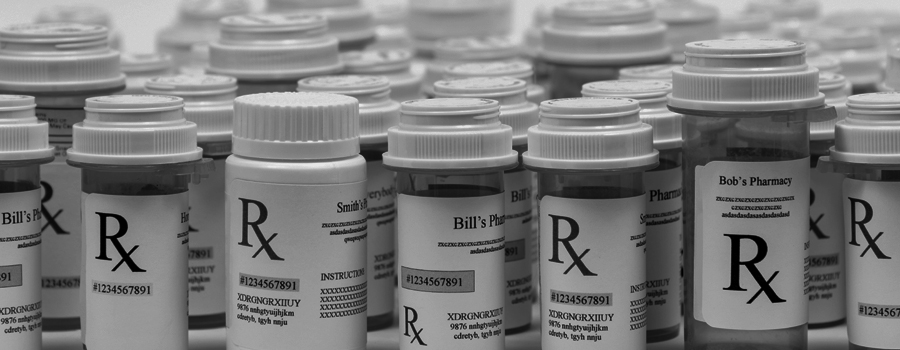Special Report: Physician Leadership is Boosting War on Opioids
- drlori
- Jun, 12, 2018
- Prescribing
- 13 Comments.
MONTGOMERY – According to a new report by the American Medical Association, physicians have taken the lead in the nation’s battle on opioids by lowering the number of opioid prescriptions they write, making better use of state prescription drug monitoring programs, becoming better trained and certified in the use of opioid use disorders, and in access to naloxone.
“Everyone can agree there is no quick fix to the country’s opioid epidemic. In Alabama, our physicians took a leadership role many years ago by taking a hard look at where we were and where we needed to be,” said Mark Jackson, executive director of the Medical Association of the State of Alabama. “As an association, we created the first educational program to train our physicians, and we passed legislation to reduce prescription drug abuse and diversion. Our Smart & Safe Alabama Program continues to be the only prescription drug awareness program in Alabama created and maintained by physicians. Even though Alabama has come a long way in the fight against opioids, we have a long way yet to go.”
According to the progress report, although physician leadership is helping to reverse the opioid epidemic, more than 115 people in the United States die from an opioid-related overdose every day. Physicians and medical specialty groups are continuing in a concerted effort to expand access to quality care for pain and substance use disorders in an attempt to quell the epidemic.
The report also found:
- Opioid prescribing decreased for the fifth year in a row. Physicians have decreased opioid prescriptions nationwide for the fifth year in a row. Between 2013 and 2017, the number of opioid prescriptions decreased by more than 55 million — a 22.2 percent decrease nationally. During that time, Alabama beat the national average by decreasing opioid prescriptions by 23.3 percent.
- Physicians are enhancing their education. In 2017, nearly 550,000 physicians and other health care professionals took continuing medical education classes and other education and training in pain management, substance use disorders and related areas. Many of these resources are offered by the AMA, state, and specialty societies, and more than 350 of these resources can be found on the AMA opioid microsite, end-opioid-epidemic.org. The Medical Association was one of the first states to offer an opioid prescribing education course in the country in 2009. The main course is offered three times each year and has reached more than 5,000 prescribers to date.
- Access to naloxone is on the rise. Naloxone prescriptions more than doubled in 2017, from about 3,500 to 8,000 naloxone prescriptions dispensed weekly. So far in 2018, that upward trend has continued; as of April, 11,600 naloxone prescriptions are dispensed weekly – the highest rate on record. In 2016, the Medical Association helped pass legislation in Alabama authorizing the State Health Officer to sign a standing order to allow Alabama’s pharmacists to dispense naloxone to people in a position to assist others at risk of an overdose as well as to an individual at risk of experiencing an opiate-related overdose.


how to order androxal canada discount
order androxal buy online canada
how to buy rifaximin generic drug
order rifaximin next day delivery
discount enclomiphene generic pharmacy usa
purchase enclomiphene price from cvs
kamagra pharmacie gratuit comprime acheter en ligne
medicament kamagra en spain
buy dutasteride cost insurance
ordering dutasteride price in us
purchase flexeril cyclobenzaprine using mastercard
buy flexeril cyclobenzaprine without
purchase fildena canada on sale
buy cheap fildena buy san francisco
buy cheap gabapentin cheap canada pharmacy
ordering gabapentin generic pharmacy online
ordering itraconazole generic low price
buy cheap itraconazole cost usa
Buy avodart without a perscription or membership
get avodart generic brand
buy cheap staxyn australia buy online
online order staxyn australia price
order xifaxan generic tablets
cheapest xifaxan price
kanadská lékárna kamagra obecná
objednávejte kamagra z kanady